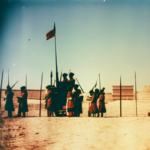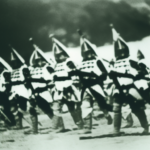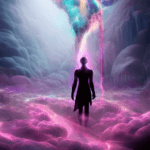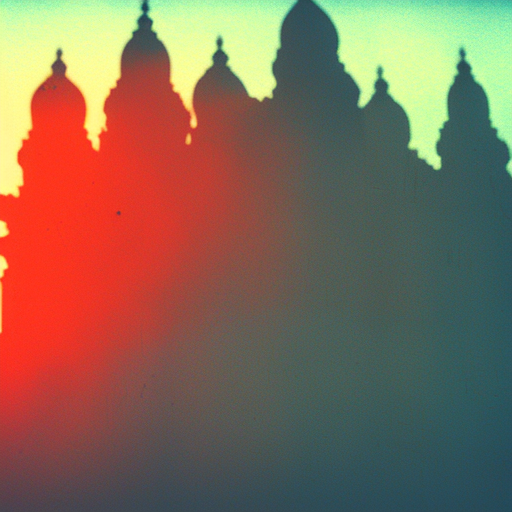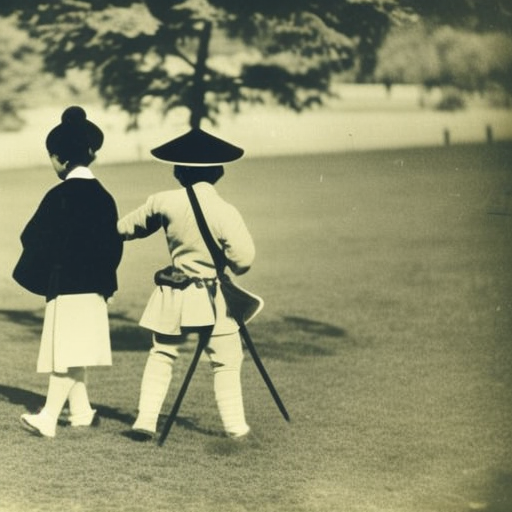The Battle of Kurukshetra: A Decisive Conflict in Indian Mythology
The Battle of Kurukshetra is a significant event in Indian mythology, described in the ancient epic, the Mahabharata. It was a massive conflict fought between two factions of the Kuru dynasty, the Pandavas and the Kauravas, for control over the kingdom of Hastinapura.
The conflict arose due to a complex web of family feuds, power struggles, and political maneuvering. The Kuru dynasty was divided into two branches, with the Pandavas being the rightful heirs to the throne. However, the Kauravas, led by their eldest brother Duryodhana, refused to cede power and plotted against the Pandavas.
The battle took place on the plains of Kurukshetra, a sacred land in present-day Haryana, India. It lasted for eighteen days and involved millions of warriors from both sides. The Pandavas were led by their skilled and virtuous leader, Yudhishthira, while the Kauravas were commanded by their formidable warrior, Duryodhana.
The battle was not only a physical clash but also a moral and philosophical struggle. It represented the conflict between righteousness and evil, with the Pandavas fighting for justice and the Kauravas driven by greed and power. The epic portrays the battle as a cosmic war, with gods and celestial beings taking part and influencing the outcome.
The armies were divided into various divisions, each led by a prominent warrior. Some of the notable warriors on the Pandava side included Arjuna, Bhima, and Yudhishthira himself. On the Kaurava side, warriors like Karna, Dronacharya, and Bhishma played crucial roles.
The battle was fierce and brutal, with both sides displaying incredible valor and skill. It involved various combat techniques, including archery, sword fighting, chariot warfare, and the use of divine weapons. The warriors performed extraordinary feats, displaying their prowess and determination to win.
Throughout the battle, both sides suffered heavy losses. Many great warriors, including Bhishma and Dronacharya, fell in the line of duty. The war also witnessed numerous acts of heroism and sacrifice, as well as instances of deceit and treachery.
One of the most significant events during the battle was the conversation between Arjuna and Lord Krishna, known as the Bhagavad Gita. Arjuna, overwhelmed by the prospect of fighting his own relatives, sought guidance from Krishna, who imparted profound wisdom and moral teachings. The Bhagavad Gita remains a revered text in Hindu philosophy and is considered a guide to righteous living.
Ultimately, the Pandavas emerged victorious in the Battle of Kurukshetra. They defeated the Kauravas and established their rightful claim to the throne. However, the victory came at a great cost, with the loss of countless lives and the destruction of families and kingdoms.
The Battle of Kurukshetra holds immense cultural and religious significance in Indian society. It is seen as a metaphorical representation of the eternal struggle between good and evil, and the importance of upholding righteousness in the face of adversity. The epic tale continues to inspire and teach valuable lessons to generations of Indians.
In conclusion, the Battle of Kurukshetra was a decisive conflict fought between the Pandavas and the Kauravas for control over the kingdom of Hastinapura. It was a complex and morally charged battle that lasted for eighteen days on the plains of Kurukshetra. The Pandavas emerged victorious, but the war resulted in immense loss and destruction. The battle is revered in Indian mythology and serves as a timeless reminder of the eternal struggle between good and evil.

